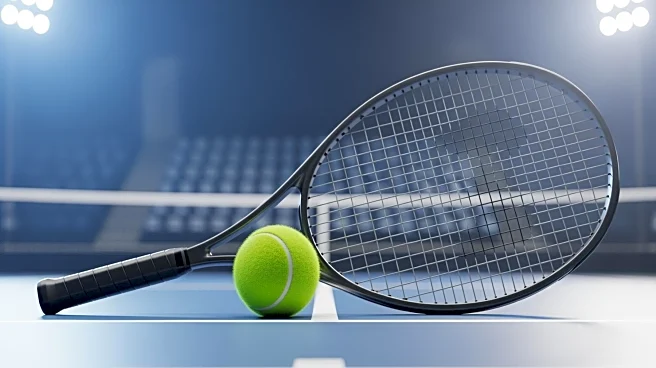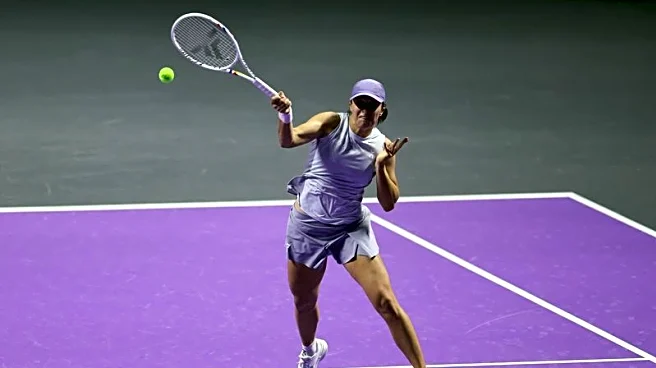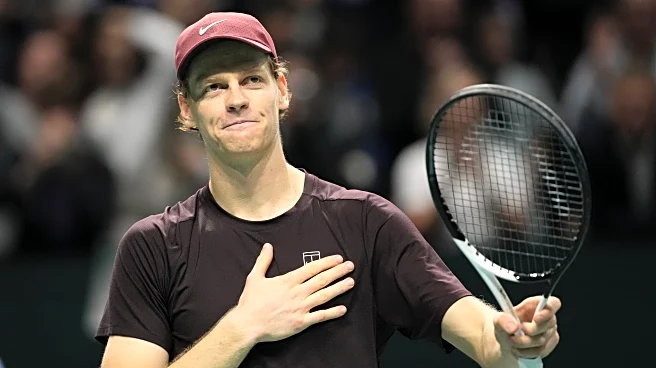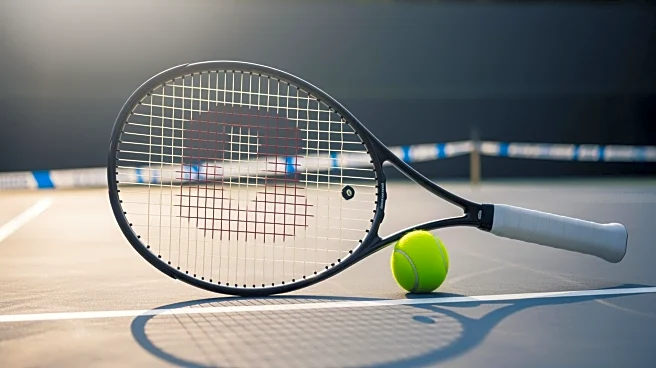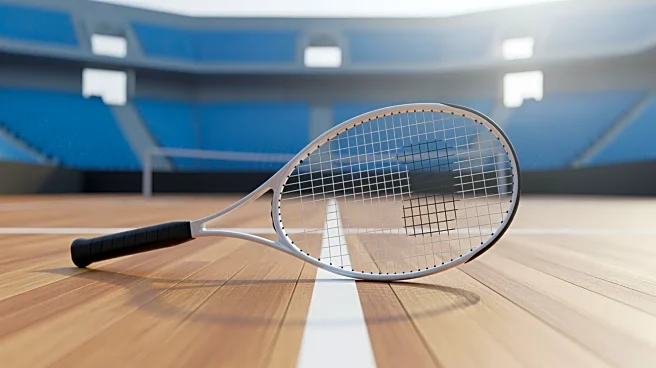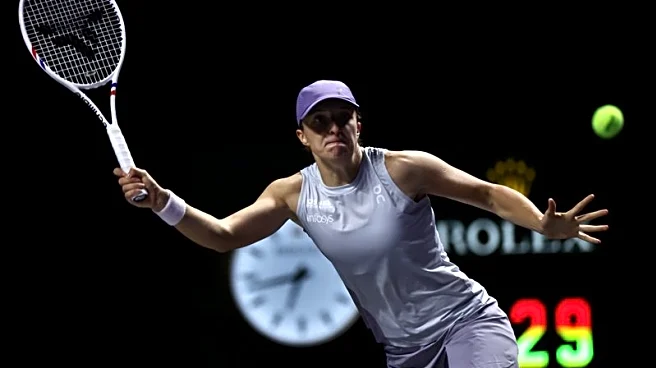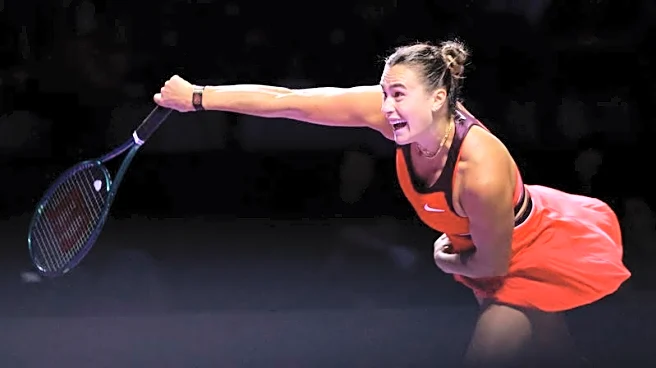What's Happening?
Aryna Sabalenka, the current women's world number one, and Nick Kyrgios, a former Wimbledon finalist, are set to compete in a 'Battle of the Sexes' exhibition match on December 28 at the Coca-Cola Arena in Dubai. This event marks the fourth 'Battle of the Sexes' match in history,
following the iconic 1973 clash between Billie Jean King and Bobby Riggs. Sabalenka, who recently won the US Open, will face Kyrgios, who is currently ranked 652nd in the world due to injury setbacks. The match has sparked discussions within the tennis community, with figures like Laura Robson and Tim Henman expressing skepticism about its necessity for the sport.
Why It's Important?
The 'Battle of the Sexes' match between Sabalenka and Kyrgios is significant as it revisits a historic concept that challenges gender norms in sports. The event highlights the ongoing conversation about gender equality in tennis, a sport where women and men often compete separately. Sabalenka's participation underscores her role as a prominent figure in women's tennis, while Kyrgios' involvement brings attention due to his reputation for showmanship. The match could influence public perception of gender dynamics in sports and potentially inspire similar events in the future, promoting dialogue on equality and entertainment in tennis.
What's Next?
As the match approaches, it is likely to attract media attention and public interest, potentially influencing future exhibition matches and discussions on gender equality in sports. Stakeholders in the tennis community, including players, sponsors, and fans, may react differently, with some supporting the event for its entertainment value and others questioning its impact on the sport's integrity. The outcome of the match could also affect the players' public images and their future engagements in similar events.
Beyond the Headlines
The 'Battle of the Sexes' match raises deeper questions about the commercialization of gender dynamics in sports. While it offers entertainment, it also risks reinforcing stereotypes if not handled sensitively. The event could set a precedent for how gender-based exhibition matches are perceived and organized, influencing future sports marketing strategies and the role of athletes in advocating for gender equality.
